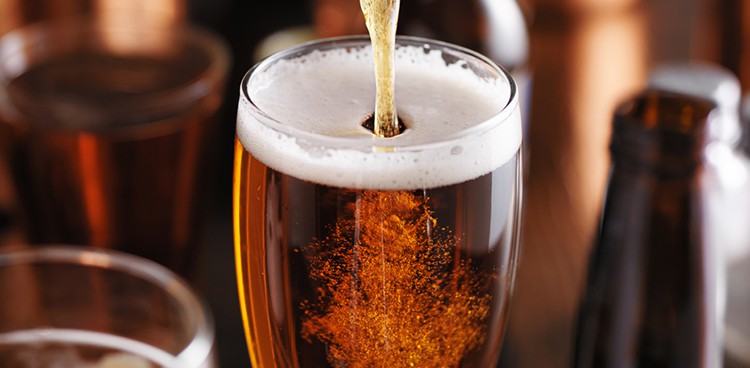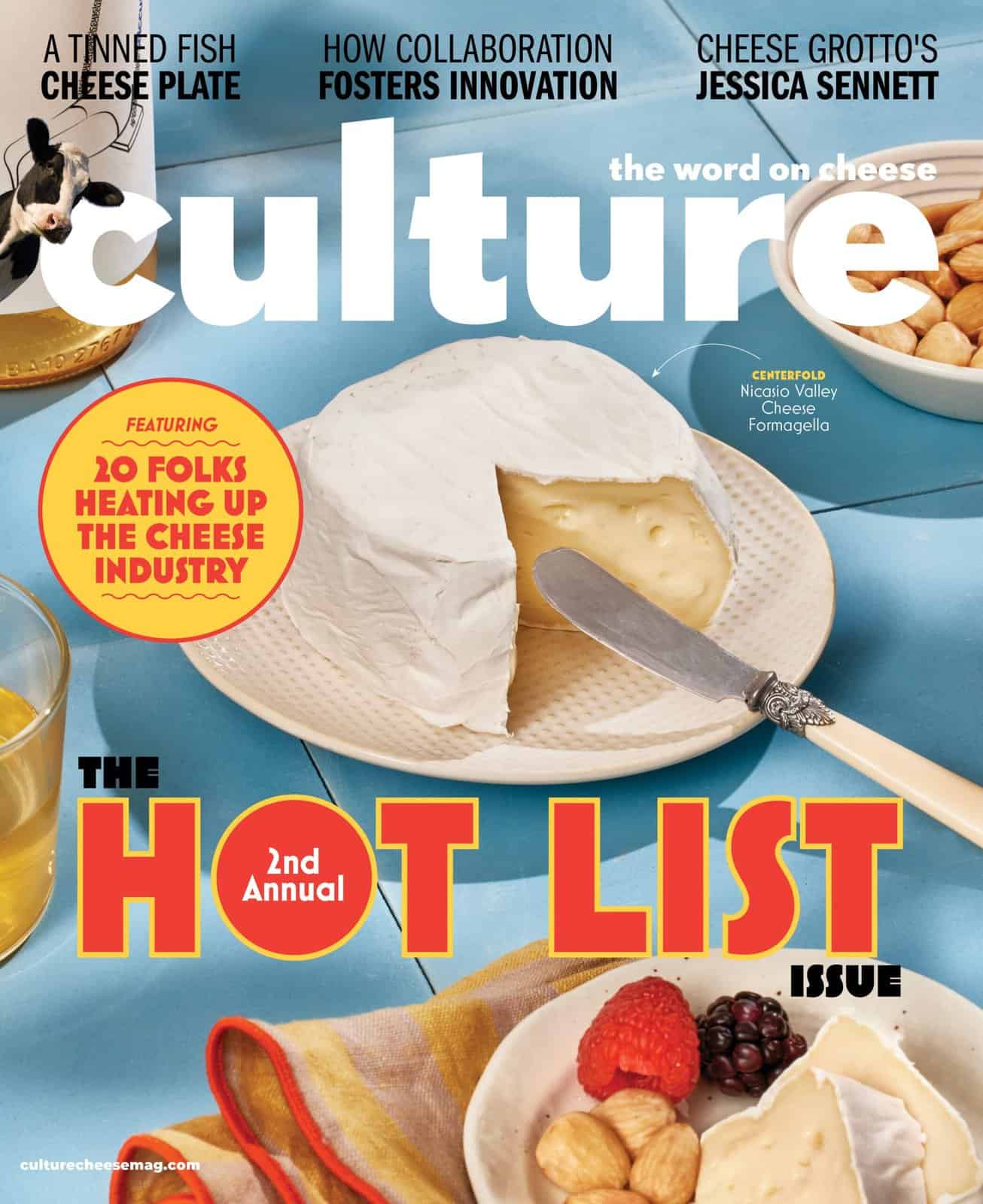
Come December, imbibing typically takes a dark turn, as pitch-black porters, robust barley wines, and stouts aged in bourbon-soaked oak replace pilsners and pale ales in the fridge. While these brews can certainly unfreeze limbs after shoveling stints, they’re hardly the only winter warmers.
Bitter IPAs with bright floral flavors can help you endure months of blizzards and black ice—and they peak when weather is coldest. This may seem counterintuitive (crops aren’t usually associated with subzero temps), but it makes sense once you look at a calendar. More than 90 percent of the world’s hops—the flowers that provide beer with bitterness, aroma, and flavor—are gathered from late August through the end of October.
A small portion of these newly plucked hops are used to create fresh-hop ale, a fleeting taste of the harvest season. However, much like spices, hops decompose rapidly after reaping. To preserve the flowers for use throughout the year, growers kiln-dry them to create chlorophyll-rich pellets that resemble rabbit food. This process can take months, meaning brewers often get the first crack at hop crops after the weather cools, when the agricultural bounty arrives like an early holiday present. The freshest IPAs, then, are brewed at the end of fall and the start of winter.
There are no strict guidelines for winter IPAs, so creativity often drives production. Within the style, there is a range of flavors and alcohol levels, from Sierra Nevada Brewing Company’s piney Celebration Ale and Tröegs Brewing Company’s smooth and juicy Blizzard of Hops to double IPAs including Bell’s Brewery’s honey-infused Hopslam Ale and Green Flash Brewing Company’s madly bitter Palate Wrecker.
Pairing Notes
A flawless match for a fresh, well-bittered IPA is sharp cheddar, as the cheese’s fruity, grassy underpinnings find harmony in the floral brew. An enduring example is England’s raw-milk Montgomery’s Cheddar—also try Cabot Clothbound from the Cellars at Jasper Hill or Prairie Breeze from Iowa-based Milton Creamery. For a different direction, pair double IPAs with blue cheeses such as Point Reyes Farmstead Cheese Bay Blue, Colston Bassett Stilton, or Old Chatham Sheepherding Company Ewe’s Blue; the bitterness and alcohol cut cleanly through the cheese’s creamy richness.
Feature Photo Credit: Joshua Resnick | Shutterstock




